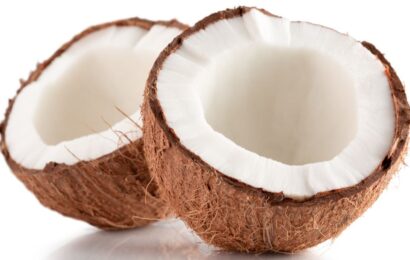Butter and spreads can contribute large amounts of fat, saturated fat, and calories to your diet. The good news is that spreads no longer contain trans fat due to a 2015 Food and Drug Administration (FDA) ruling that banned artificial trans fats from foods in the United States. It’s worth noting that regular butter, though, contains almost half a gram of naturally occurring trans fat per tablespoon.
Almost any spread is a better pick than butter because spreads contain more healthy unsaturated fat and, as mentioned above, no trans fat. To make their products stand out from the crowd, some companies are adding healthier unsaturated oils to their butter and non-butter spreads and are also incorporating healthier ingredients, such as canola oil, olive oil, omega-3, flaxseed oil, sea salt, calcium, and vitamin D, into their offerings.
To get cutting-edge diabetes news, strategies for blood glucose management, nutrition tips, healthy recipes, and more delivered straight to your inbox, sign up for our free newsletters!
To keep saturated fat from these products low, choose a butter or spread with less than 2 grams of saturated fat per tablespoon. Those watching their weight should note that butter and spreads labeled “light” contain 50% fewer calories and fat than regular products: One tablespoon of traditional butter contains roughly 110 calories and 7 grams of saturated fat, while a tablespoon of light butter or spread contains 50 calories and 3 grams of saturated fat.
Want to learn more about butter and spreads? Read “Margarine and Butter Nutrition Facts” and “Butter or Margarine?”






